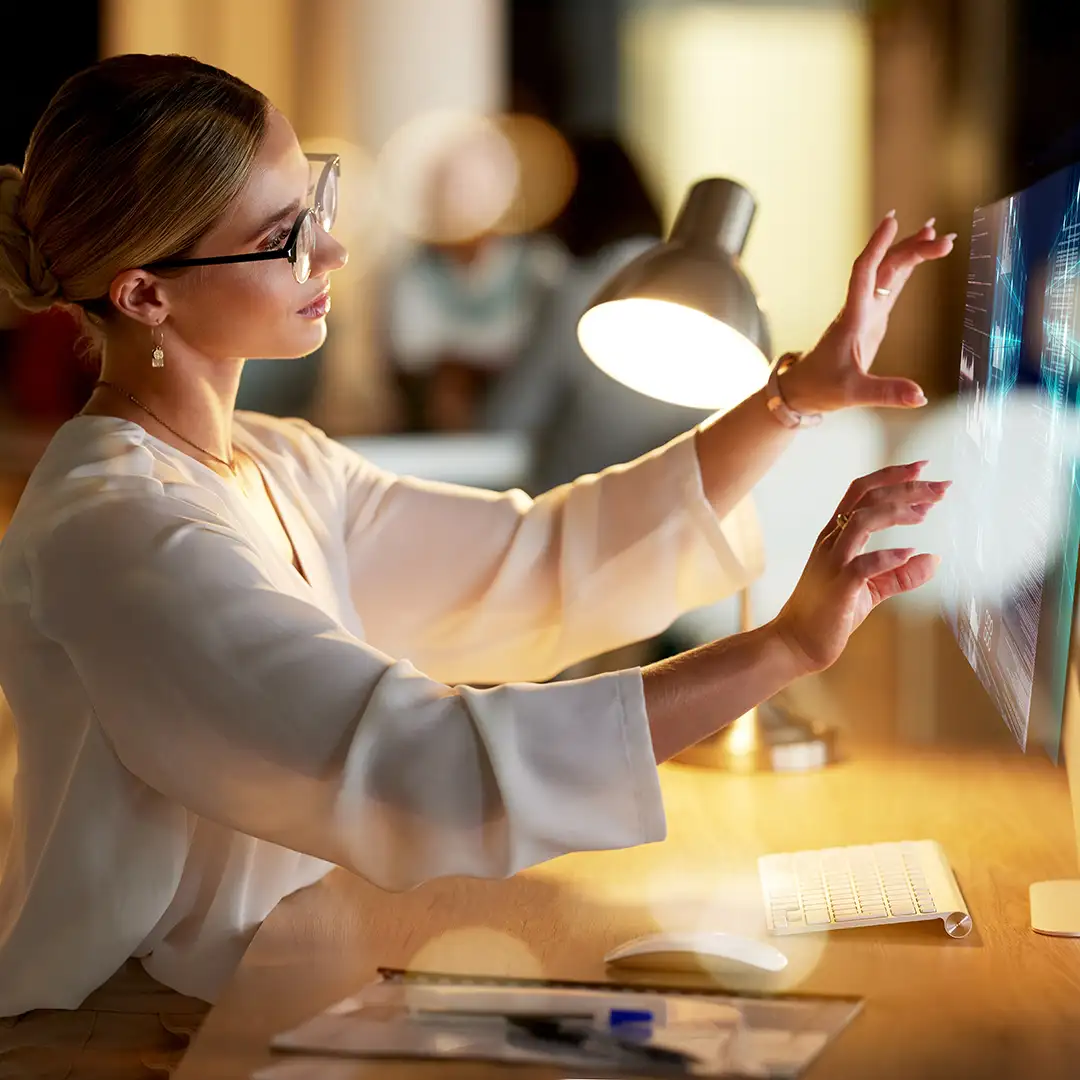Transforming Web Experiences: Practical Use Cases of Three.js and 3D Graphics

Introduction
In today’s rapidly evolving digital landscape, web designers and developers are constantly seeking ways to create more engaging and immersive experiences for their users. One of the most promising tools for achieving this goal is Three.js, a powerful JavaScript library that simplifies the process of rendering 3D graphics within a web browser. In this article, we’ll explore the practical use cases of Three.js and how it can transform web experiences.
Immersive Product Showcases
One of the most impactful applications of Three.js is the creation of immersive product showcases. By integrating 3D models of products into your website, you can provide users with a more detailed and interactive view of your offerings. This allows potential customers to examine your products from multiple angles, zoom in on specific features, and even explore the interior of complex items like vehicles or electronic devices. These enhanced visuals can lead to increased engagement and ultimately higher conversion rates.
Interactive Data Visualization
Three.js can also be used to create highly engaging and interactive data visualizations. By presenting data in a 3D format, designers can unlock new ways of understanding complex information. For example, geospatial data can be displayed on a 3D globe, allowing users to explore geographic patterns and trends. Similarly, financial data can be visualized in a 3D bar chart, giving users the ability to examine trends from multiple perspectives. These innovative visualizations can improve user comprehension and encourage deeper exploration of the data.
Virtual Tours and Walkthroughs
Virtual tours and walkthroughs are another practical use case for Three.js. Real estate agencies, museums, and event venues can create 3D virtual tours that allow users to explore spaces from the comfort of their own homes. This immersive experience can be enhanced with interactive elements such as clickable hotspots, informational pop-ups, and even guided narration. By offering a rich, interactive experience, virtual tours can capture the attention of potential clients and help them make informed decisions.
Educational Tools and Simulations
Three.js is an excellent tool for creating engaging educational content. Interactive 3D simulations can help students better understand complex concepts and develop their spatial reasoning skills. For example, a physics simulation can allow students to manipulate objects in a virtual environment and observe the effects of different forces on their motion. Similarly, a biology lesson could involve a 3D exploration of the human body, with students able to zoom in on different organs and systems. These immersive educational experiences can increase student engagement and improve learning outcomes.
Gaming and Entertainment
Three.js has immense potential in the realm of gaming and entertainment. Web-based 3D games built using this library can offer high-quality graphics and smooth performance, rivaling the experiences provided by traditional desktop and console games. As more developers adopt Three.js, we can expect to see an increasing number of sophisticated 3D games available directly within our web browsers, further blurring the line between gaming platforms.
Showcases
Three.js has been used in a variety of innovative and inspiring projects that showcase its true potential. One such example is “After the Flood,” an interactive 3D visualization that explores the impact of climate change on the planet. Users can navigate through a flooded cityscape while learning about the consequences of rising sea levels. Another noteworthy project is the “WebGL Fluid Simulation,” which allows users to interact with a mesmerizing fluid simulation in real-time, demonstrating the capabilities of Three.js in creating engaging and dynamic experiences. Finally, “The Shoe Configurator” is a practical application of Three.js in e-commerce, where customers can customize a 3D model of a shoe in various colors, materials, and styles, providing an immersive and personalized shopping experience. These featured examples showcase the versatility of Three.js and its power to transform web experiences across different industries and use cases.
Conclusion
The practical applications of Three.js are limited only by the imagination of designers and developers. By harnessing the power of this versatile library, you can create highly engaging and immersive web experiences that captivate users and leave a lasting impression. Whether you’re looking to showcase products, visualize data, or develop interactive educational content, Three.js can help you take your web projects to new heights.



Comments are closed.